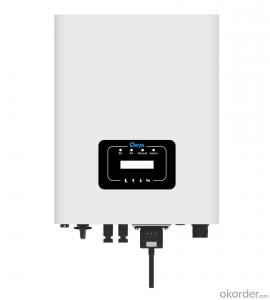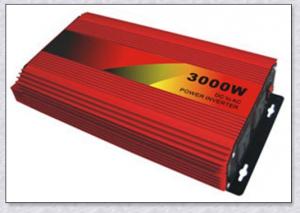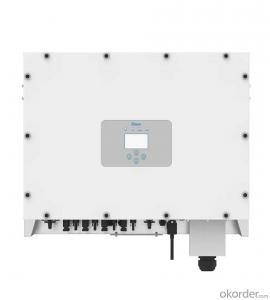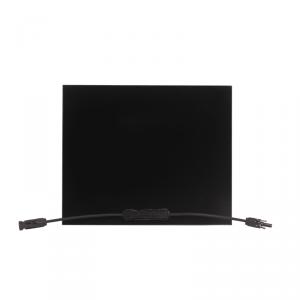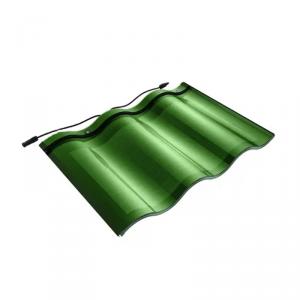Solar Edge Inverter Problems
Solar Edge Inverter Problems Related Searches
Solar Panel Inverter Problems Solar Edge Inverter Failure Solar Edge Inverter Solar Edge Inverter Efficiency Inverter Solar Edge Solar Edge Solar Inverter Solar Edge Inverter Models Solar Edge Inverter Specs Solar Edge Hybrid Inverter Buy Solar Edge Inverter Reset Solar Edge Inverter Solar Edge Inverter Reset Solar Edge Micro Inverter Solar Edge Inverter Spec Sheet Solar Edge Inverter Sizes Solar Edge Inverter Cost Solar Edge Inverter Lights Mpp Solar Inverter Problems Solar Edge Inverter App Cost Of Solar Edge Inverter Solar Edge 3 Phase Inverter Solar Edge Inverter Warranty Solar Edge Energy Hub Inverter Problems With Solar Cells Solar Edge Inverter Uk Solar Inverter Fault Light Solar Edge Hd Wave Inverter Solar Edge Inverter Price Solar Edge Inverter For Sale Faulty Solar InverterSolar Edge Inverter Problems Supplier & Manufacturer from China
Solar Edge Inverter Problems are a common concern among users of solar energy systems. These inverters are essential components in converting the direct current (DC) generated by solar panels into alternating current (AC) that can be used by homes and businesses. They play a crucial role in the efficiency and reliability of solar power systems, making it vital to address any issues that may arise.Solar Edge Inverter Problems can manifest in various ways, such as reduced efficiency, overheating, or complete failure. These issues can be caused by factors like faulty components, improper installation, or environmental factors. Understanding the application and usage scenarios of these inverters is crucial for identifying and resolving potential problems. Solar Edge inverters are widely used in residential, commercial, and utility-scale solar installations, where they help maximize energy production and minimize energy costs.
Okorder.com is a leading wholesale supplier of Solar Edge Inverter Problems solutions, offering a vast inventory of high-quality products at competitive prices. As a trusted source for solar energy components, Okorder.com ensures that customers have access to reliable and efficient solutions for their solar power needs. By providing a broad range of products and services, Okorder.com helps customers overcome Solar Edge Inverter Problems and maintain the optimal performance of their solar energy systems.
Hot Products














